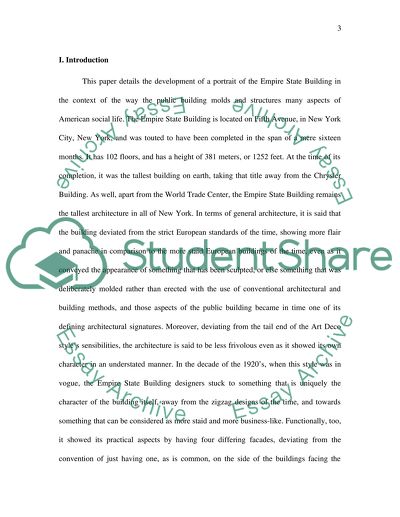Cite this document
(“Architecture and Communication Term Paper Example | Topics and Well Written Essays - 2000 words”, n.d.)
Architecture and Communication Term Paper Example | Topics and Well Written Essays - 2000 words. Retrieved from https://studentshare.org/journalism-communication/1479922-architecture-and-communication
Architecture and Communication Term Paper Example | Topics and Well Written Essays - 2000 words. Retrieved from https://studentshare.org/journalism-communication/1479922-architecture-and-communication
(Architecture and Communication Term Paper Example | Topics and Well Written Essays - 2000 Words)
Architecture and Communication Term Paper Example | Topics and Well Written Essays - 2000 Words. https://studentshare.org/journalism-communication/1479922-architecture-and-communication.
Architecture and Communication Term Paper Example | Topics and Well Written Essays - 2000 Words. https://studentshare.org/journalism-communication/1479922-architecture-and-communication.
“Architecture and Communication Term Paper Example | Topics and Well Written Essays - 2000 Words”, n.d. https://studentshare.org/journalism-communication/1479922-architecture-and-communication.


